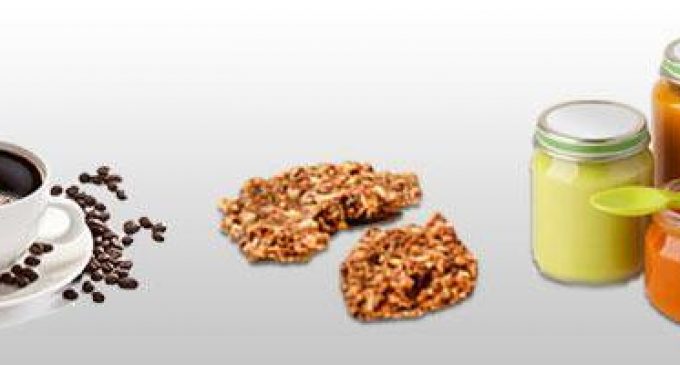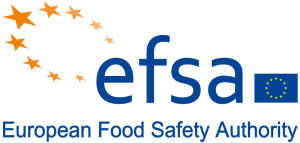Furan in Food – EFSA Confirms Health Concerns

Consumer exposure to furan and methylfurans in food could lead to possible long-term liver damage. The most exposed group of people are infants, mainly through consumption of ready-to-eat jarred or canned foods. Exposure in other population groups is mainly from consumption of grain-based foods and coffee, depending on age and consumer habits.
Furan and the related compounds 2- and 3-methylfurans are chemical contaminants that naturally form during heated food processing, including cooking. These substances have always been present in cooked or heated foods.
 Potential health risks linked to furan
Potential health risks linked to furan
EFSA carried out this assessment following its monitoring of furan levels in food and assessing consumer exposure. Dr Helle Knutsen, Chair of the expert Panel on Contaminants in the Food Chain, said: “Based on animal studies we concluded that liver damage and liver cancer are the most critical health effects.”
Dr Knutsen added: “How furan might cause cancer in animals is not fully understood. Since the panel could not rule out that this may be due to a direct interaction with DNA, we were not able to set a safe level – the tolerable daily intake. Instead we calculated a ‘margin of exposure’.
“As did the Joint FAO/WHO Expert Committee on Food Additives [JECFA], we concluded that the level of exposure to furan in food indicates a human health concern.”
The most exposed consumers
Although the average intake of foods containing furan indicates a low health concern for most consumers, for high consumers exposure is up to three times what would be considered of low concern for public health.
Dietary exposure is higher when also taking 2- and 3-methylfuran into account; for example levels of 2-methylfuran in coffee can be four times higher than furan.
There are some knowledge gaps about the toxicity of furan and methylfurans and about exposure to them. However, taking these uncertainties into account, EFSA’s experts were more likely to have overestimated the health risk than underestimated it.
Reducing furan exposure
Furans form from a variety of substances naturally present in food, including vitamin C, carbohydrates, amino acids, unsaturated fatty acids and carotenoids. The cooking/processing conditions help determine how much furan is formed and lost (mainly via evaporation), and how much is present when food is consumed.
Dr Knutsen said: “Our opinion describes how cooking practices could reduce dietary exposure to furan and methylfurans, bearing in mind that consumers are exposed to them in a variety of foods.”
For example due to the volatility of furan, re-heating ready-to-eat meals for infants and young children in a hot water bath without a lid may reduce their exposure by about 15-30%.
Different preparation methods for coffee result in different losses of furan concentrations. The losses in boiled/Turkish coffee are 3 to 4 times greater than in filter coffee and espresso.
The level of furan in toast increases with toasting time and with the degree of browning, albeit toast is a less important contributor to overall furan exposure.
EFSA’s scientific advice will help EU and national decision-makers to decide whether further action is needed.


































